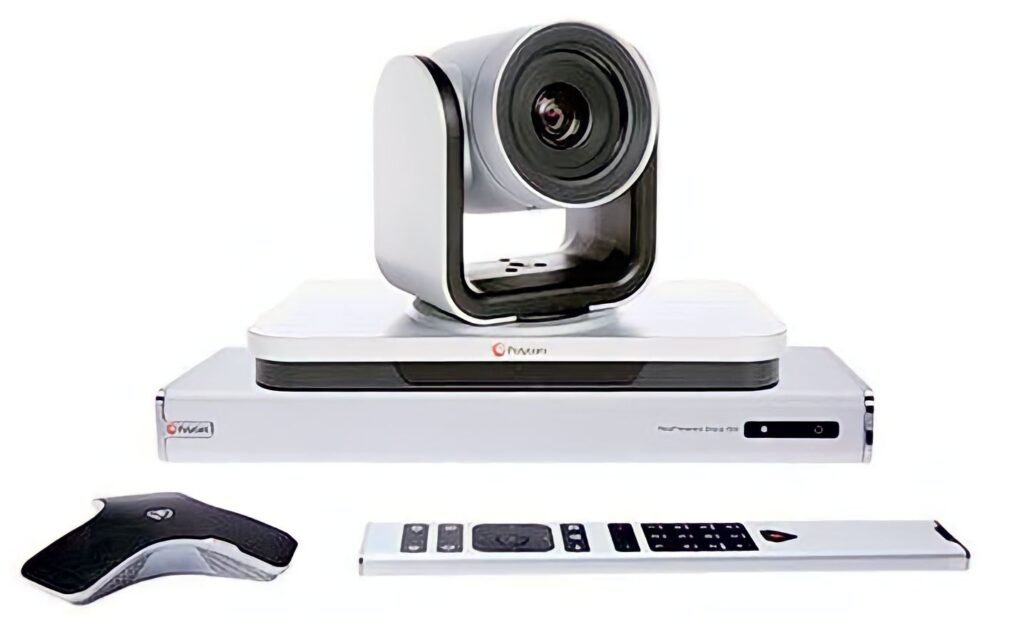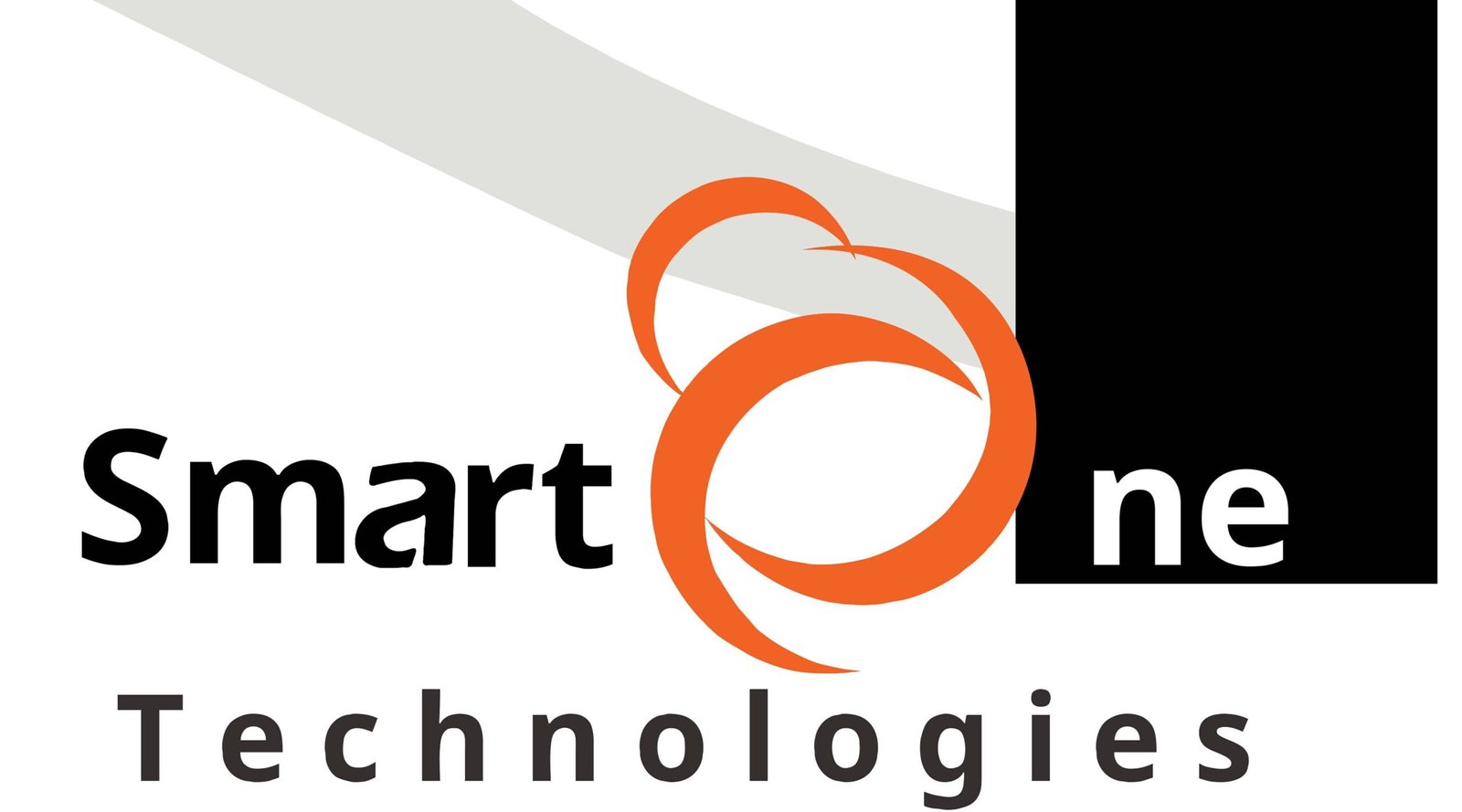In this fast-paced, digital age, demands for unimpeded interaction and collaborative work have never been greater. In a time when individuals and organizations attempt to bridge the gap between different locations and improve communication, video conferencing has become a game changer—the days of long, slow-moving video calls. The new technology is now here, and it’s clear!
In this thorough guide, we’ll lead you through the exciting realm of video conference equipment, examining its past as well as its evolution and advanced technology that’s made it a vital element of our daily lives. Don’t hesitate as we take you on an adventure that will demonstrate how video conference equipment is changing our way of connecting, communicate and collaborate.
The Birth of Video Conferencing
Before diving into the latest technology, which is now a fixture in the conference rooms at businesses and households worldwide, let’s turn our time to the early days of video conference. You might be surprised to discover that the idea began in the 1960s. This was well before the internet became the most famous name in the world.
The technology of the time was essential, with the slow and low-quality video, which frequently relied on costly dedicated lines. The early attempts at experimenting paved the way for the fantastic leaps we’ve witnessed recently.
The Evolution of Video Conferencing Equipment
Video conferencing equipment has come far from the early complicated, slow-moving configurations. Nowadays, technology is sleek, powerful and accessible to nearly everyone with a connection to the internet. This article will look at important milestones in the development of video conferencing technology:
- The Digital Era: With the development of technology, digital video conferencing began to flourish during the 90s. Technology improved, delivering superior audio and video quality, and companies began embracing technologies for long-distance conferences.
- Amid the Internet Boom: As the web became more widely used, Video conferencing also saw substantial growth. The first videoconferencing software on PCs appeared that allowed people to join via their personal PCs. It was an enormous advancement in the field of video communication.
- HD (HD) Video The 2000s saw HD videoconferencing as the norm. It was a pivotal moment in the field and dramatically improved call quality. This also triggered an increase in telecommuting and remote work.
- The Age of Mobility: With the growth of smartphones and tablets, video conferencing has become an activity that can be done on the go. Apps such as Zoom, Skype, and Microsoft Teams allowed people to attend meetings while on the go.
- AI and Virtual Reality: The combination of AI and VR in videoconferencing equipment has improved the user experience. From the blurring of the background to facial recognition, these tools make video calls more enjoyable and enjoyable for users.
- Hybrid work environments The COVID-19 virus has accelerated the transition towards hybrid and remote work environments. The result has led to technological innovation in the video conferencing industry. It has a particular focus on improving the audio and video quality as well as the creation of special hardware and room systems that integrate.
The Key Components of Video Conferencing Equipment
We’ve now traced the history of videoconferencing. It’s time to look into the elements of a contemporary video conferencing system. These are the essential components which ensure flawless and effective video calls.
- Cameras: The camera captures video and has a crucial aspect in the video’s quality. Cameras with high-definition and wide-angle lenses are becoming commonplace, making sure that all participants are seen with crystal clear clarity.
- Microphone: A microphone can be vital for ensuring clear and crisp audio. The latest systems are equipped with noise cancellation technology that eliminates background noise and ensures that people can hear without distortion.
- Display A display, typically a high-definition, large monitor, also known as a screen, is where you can see your fellow viewers on opposite sides. Displays with high-end quality enhance your overall enjoyment.
- Software It is the basis of every video conferencing configuration. It is what connects people, handles video and audio and offers capabilities like chat, screen sharing, and virtual backgrounds.
- Audio and video codecs Codecs play a role in encoders and decoders of videos and audio data. The high-efficiency codecs are crucial in delivering video of high quality on the internet.
- Network Infrastructure: A reliable connection to the network is crucial to ensure a seamless video conference experience. Equipment must be able to cope with the high bandwidth that is required for audio and video that is of high quality.
- Peripheral devices: Based on your requirements, the possibility of incorporating additional devices like interactive whiteboards, document cameras or audio equipment designed to accommodate larger conference rooms.
Top Video Conferencing Equipment Brands
There are many different videoconferencing devices. However, a handful of companies have always distinguished themselves for their innovativeness and dependability. Below are a few of the best brands that are in this field:
- Cisco: Cisco’s Webex platform is renowned for its security and high-end capabilities. It’s a trendy option for all businesses.
- Zoom Zoom Video Communications has become a global phenomenon with its user-friendly interface suitable for private and professional use.
- Poly (formerly Polycom): Poly specializes in using video and audio conferencing for businesses. Their equipment is renowned for its durability and quality.
- Logitech is a well-known brand of webcams and peripheral devices utilized in conjunction with video conferencing software. They have a wide range of equipment that is suitable for a range of requirements.
- Crestron: Crestron is a provider of complete solutions for integrated rooms. Their equipment is used in creating spaces that are seamless for meetings.
Choosing the Right Equipment
The selection of the appropriate video conferencing equipment will depend on your particular demands. Think about factors such as the dimension of your meeting area, the number of attendees, as well as your budget. It’s equally important to pick the equipment compatible with your chosen videoconferencing software.
- For small Teams or home Offices: If you require a solution to an enviable team size or your office at home with a top-quality webcam, microphone and a stable internet connection, it is enough. A lot of laptops have integrated webcams and microphones, which will suffice for video calls of a smaller size. Calls.
- For medium to large meeting spaces: Businesses with medium to large conference rooms might require video conferencing equipment specifically designed for them. It could include top-quality cameras, microphones with multiple channels, as well as integrated rooms that feature large screens.
- For Professionals on the Go: For professionals who are constantly on the go, mobile video conferencing software that runs on tablets and smartphones, with mobile webcams and microphones, can provide versatility and comfort.
- For Custom-made Needs: In some cases, it is possible that custom solutions are needed. This could mean integrating specific tools like interactive whiteboards or recording devices and sophisticated audio systems that are tailored to specific industries.
The Future of Video Conferencing
With technology continuing to develop and improve, the future of video conferencing equipment is bound to hold more potential. Below are some developments that will change the face of the industry over the next few years:
- 5G Connectivity The introduction of 5G networks will offer better and faster internet connectivity, allowing for more high-quality video calls and the inclusion of augmented reality.
- Artificial Intelligence AI is expected to play a more significant role in enhancing video conferencing and will have features like automated translation, transcription, and background noise reduction becoming regular.
- Virtual Reality (VR): VR technology is increasing and holds the potential to transform the way that we manage gatherings. Imagine attending a conference in the comfort of your home and having a life-like avatar representing the participants.
- Better Security: With the popularity of remote working, security has become a significant issue. Videoconferencing platforms are expected to invest in security measures to guard the privacy of sensitive data.
- Sustainable Development: As businesses and individuals are more eco-conscious, Video conferencing is a great way to lessen the carbon footprint of travelling.
Video technology for conferencing has made a significant leap since its inception, revolutionizing how we connect and work. The evolution of technology, fueled by technology advancements and evolving working patterns and work patterns, has turned it into an essential tool for businesses and individuals. With the constantly expanding range of available technology, there’s an option that will meet your needs regardless of whether you’re in an office in your home or an enormous corporate meeting space. Shortly, the possibilities for further exciting advancements in video conferencing technology are limitless. If you’re interested in cutting-edge technology or connecting with family members, video conference calls are in the future and will make the world smaller and more accessible.



0 Comments on “The Ultimate Guide to Video Conference Equipment”